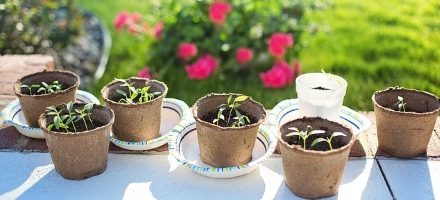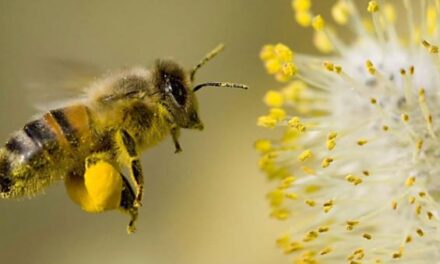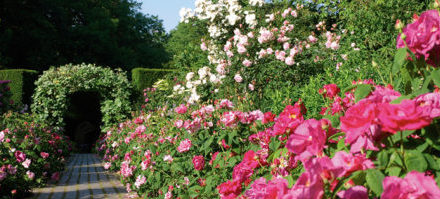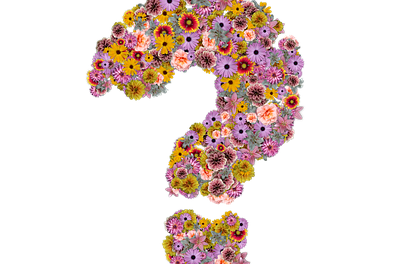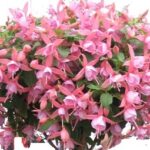You may have seen in the press or on social media that the month of April is designated ‘Peat Free April’ to highlight the issue of the use of peat in the horticultural industry, so we thought it might be useful to share a few facts with our members.
Peat is the horticultural world’s dirty secret. Huge amounts are sold in bagged compost. And yet we know that peat bogs are rapidly disappearing. This means the loss of a rare and special habitat, but also the destruction of one of the earth’s greatest carbon stores. Buying peat destroys the planet. And it simply isn’t necessary.
What is peat?
Peat comes from peat bogs. It is an accumulation of partially decayed organic matter. Because it is stored under water, it doesn’t release carbon as it decays. Peat bogs hold more carbon that all the world’s forests combined. They are an important defence against climate change. They are also a very particular ecosystem – wild areas which are home to a wealth of plants, birds and insects and in addition the bogs are a flood defence and water clarification system.
Many peatlands have been growing undisturbed for thousands of years, so although they cover just 3% of the world’s land area, they hold nearly 30% of all the carbon stored on land. Nearly 95% of the UK peat bogs are damaged or have been destroyed. Garden plants don’t actually need peat, whereas bog plants growing in the wild do.
What can we use instead of peat?
You can make your own potting composts. It’s not difficult, saves money and saves peat! See Peat Free Growing for different mixes for seeds, seedlings and potting on. When using peat free compost, you may have to adapt your practices a little, for example peat free compost tends to look dry on the top when it is not dry underneath, so to avoid overwatering try picking up trays or pots to assess whether they need watering. It can be more difficult to re-hydrate so it is equally important not to let the compost dry out completely. If the water does run off it is best to immerse the pot in a bucket of water.
Buying peat free potting compost
Alternatives to peat have improved over the last 10 years, and the top brands perform excellently. It is worth spending a bit more to get a good product and if you tried it 10 years ago without success do give it another go. You really can grow show stopping produce and flowers without resorting to peat.
Remember to check the labels – reduced peat means there is still peat there, sometimes as much as 90% and ignore claims of ‘not from an environmentally sensitive site’ as all peat bogs are sensitive habitats. Also note that ‘Organic’ doesn’t necessarily mean peat free.
The Orleton and Yarpole Village Shops sell Melcourt’s Sylvagrow (produced in Gloucestershire) supplied by The Humble Bee Gardeners. It is also sold at The Ludlow Plant Centre, Philpotts in Leominster, Frank Matthews in Tenbury Wells and Lyonshall Nursery near Leominster. (Other top brands are Dalefoot and Fertile Fibre).
Although Peat Free Compost is a little more expensive than other products you are at least gardening in the knowledge that you are doing your bit for the climate emergency and are investing in your children’s and grandchildren’s future – after all what better present can you give your grandchildren than a sustainable future?
If you have any questions please feel free to contact me (via the Club email) or for more information go to:
https://www.gardenorganic.org.uk/peat
or listen to the RHS podcast:
Marjan Bartlett-Freriks

